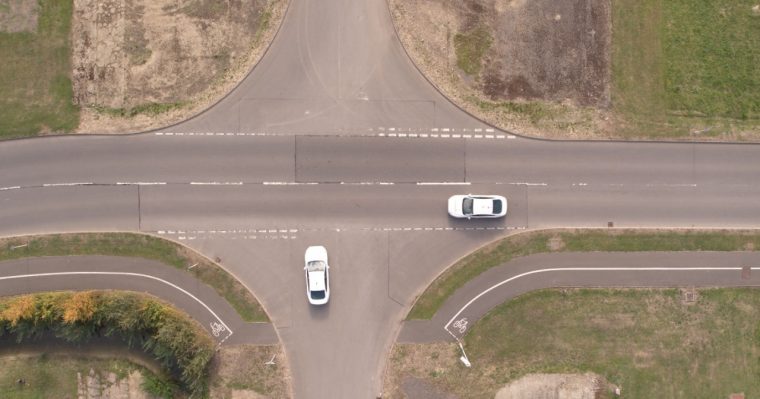Ford Intersection Priority Management Tech Could Do Away with Red Lights
On its face, the idea of suggesting a day where the roads would not need red lights at intersections seems absurd. Ford, ever the optimist, has a different perspective: It’s in the midst of developing its Intersection Priority Management technology, which could enable drivers to pass safely through intersections without the use of a traffic light.
“We know that intersections and traffic lights can be a real bugbear for many drivers,” said Christian Ress, supervisor, Driver Assist Technologies, Ford Research and Advanced Engineering. “With the connected car technology we have been demonstrating this week, we envisage a world where vehicles are more aware of each other and their environment, enabling intelligent cooperation and collaboration on the roads — and around junctions.”
Today’s Safety Tech: 2019 Ford Fusion, Edge feature Ford Co-Pilot360 safety technology
First and foremost, you always, always need to stop and appreciate it when someone uses the word bugbear in a sentence.
According to Ford, IPM, which began testing in Milton Keynes in October as part of the Autodrive program, uses vehicle-to-vehicle technology to determine the speed of vehicles in the vicinity to your own. Using that information, it recommends an optimal traveling speed that would allow all vehicles on the road to pass one another in the intersection without needing to wait.
This technology, Ford hopes, will cut down on the number of traffic accidents that occur at intersection as well as on the amount of congestion and time-loss. According to studies, 60 percent of all traffic collisions take place at junction, and the average driver spends two days every year waiting at red lights.
Though the technology is being tested in vehicles with human drivers, IPM would ideally feature in self-driving vehicles that could automatically regulate speed based on V2V data.
Ford’s Future Vehicles: Is a compact pickup set to join the lineup by 2022?

The News Wheel is a digital auto magazine providing readers with a fresh perspective on the latest car news. We’re located in the heart of America (Dayton, Ohio) and our goal is to deliver an entertaining and informative perspective on what’s trending in the automotive world. See more articles from The News Wheel.



